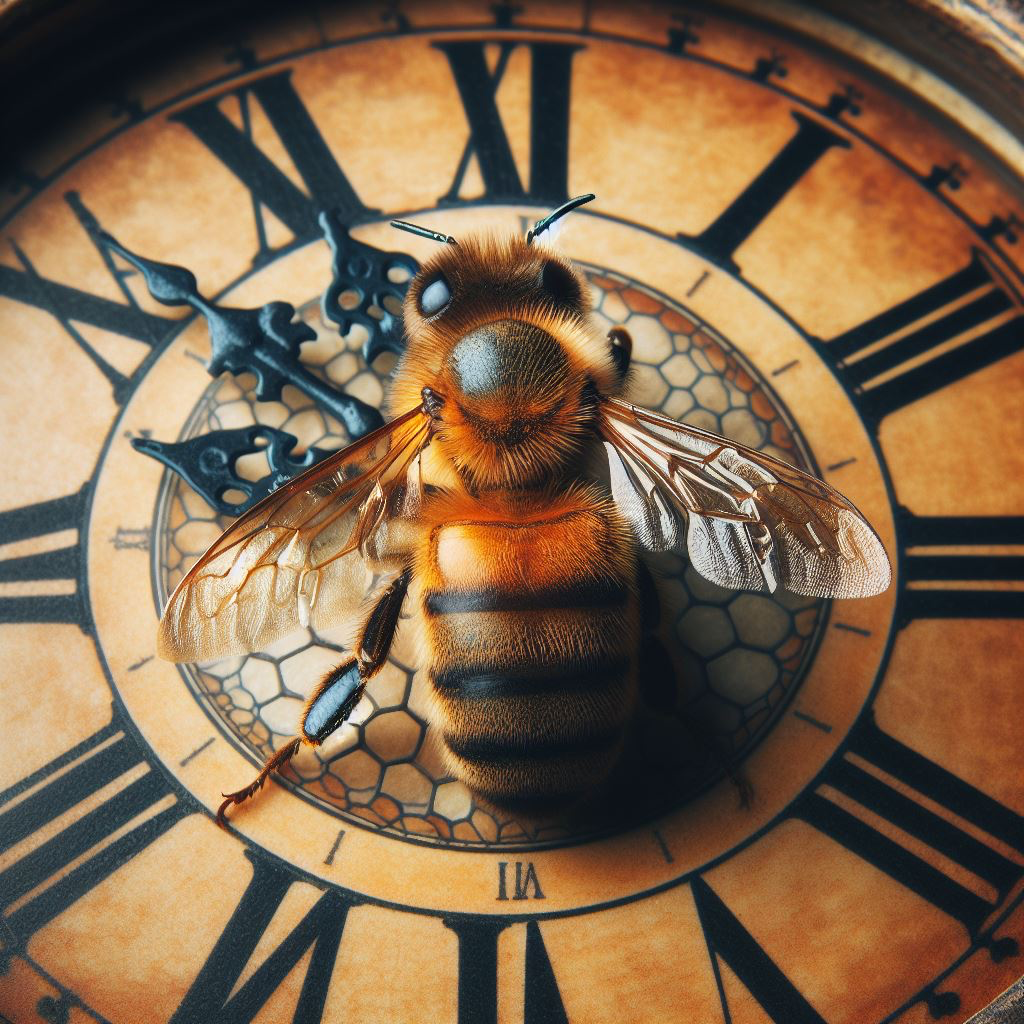Key Takeaways: Bee Lifespan Overview
- Worker Bees: The Backbone of the Hive
- Worker bees, essential for the hive’s functioning, lead short yet busy lives. Summer workers typically live for about 6 weeks, while winter workers can survive up to 6 months. Their lifespan is influenced by nutrition, predators, and diseases, highlighting the delicate balance within bee communities.
- Queen Bees: Longevity and Leadership
- Queen bees, the matriarchs of bee society, live longer than worker bees, averaging 2-3 years. Their extended lifespan enables them to lay thousands of eggs, ensuring the colony’s continuity. Royal jelly in their larval stage and genetic diversity contribute to their longevity and leadership role within the hive.
- Drone Bees: Sacrificing for Reproduction
- Drone bees, responsible for mating with queen bees, have the shortest lifespan in the colony. They typically live for a few weeks, with their existence tightly linked to the mating season. Despite their brief lives, drones play a crucial role in ensuring the propagation of bee populations through their sacrificial efforts.
The Mysteries of Bee Lifespan Unveiled
A Glimpse into the Enigmatic World of Bees
In honeybee colonies, bee lifespan is intriguing. Bees are vital for pollination and honey. Each bee has its life journey. Worker bees work hard in the hive. Queens rule the queen honey bee colony. The story of the honey bee’s lifespan is fascinating.
Worker Bees: Unsung Heroes of the Hive
Worker honey bees, the backbone of honey bee life span any hive, lead lives bustling with activity. In summer, hardworking honey bees live for about six weeks. They fly between flowers, gathering nectar and pollen.
Winter worker bees live longer, surviving up to five to seven weeks to six months. They stay warm in the hive. Nutrition plays a critical role in determining the lifespan of worker bees.
Enough nutritious food keeps bees healthy and long-lived. Predators and diseases can harm them, affecting survival. Bee communities need a delicate balance.
The Matriarchs of Bee Society: Queen Bees Reign Supreme
Unlike worker bees, queens live longer. Solitary queen bees can live 2-3 years. They’re treated like royalty. Their main job is laying eggs to grow the colony.
A queen bee’s long life depends on laying eggs well. Royal jelly in her larval stage is crucial. It helps her lay many eggs and stay healthy.
Worker bees and queen bees have a close relationship. It keeps bee societies strong and going. Learning about bee lifespan reveals nature’s amazing plan.
Lifespan of Worker Bees
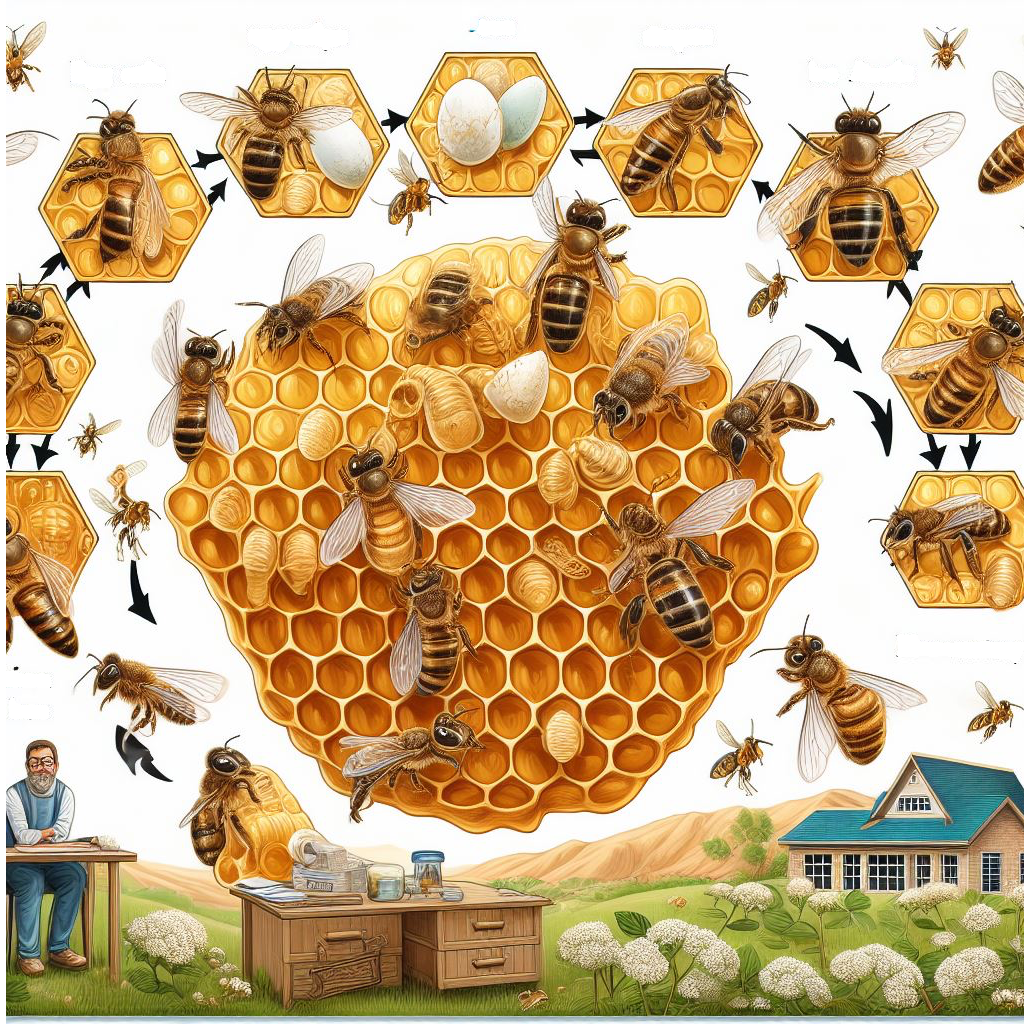
When it comes to the hardworking summer worker bees, they are truly the backbone of the hive. Upon emerging from their cells, these bees quickly jump into action. They take on various tasks within the colony. From tending to the queen and young larvae to foraging for nectar and pollen, these bees lead a busy life.
On average, summer worker bees live for about 6 weeks in total. In the early stages of their life cycle, worker bees go through a series of roles within the hive.
They begin as nurse bees, tending to the young ones. Later, they move to duties outside the hive. It’s fascinating to witness these bees emerge and their progression through various responsibilities. This becomes especially fascinating as they mature and accumulate experience.
As summer advances and resources multiply, worker bees transition to foraging. They venture into fields and gardens, seeking nectar-rich flowers. These workers play a crucial role in the colony’s survival through food supplies.
However, this intense activity takes a toll on their bodies. This toll ultimately shortens their lifespan compared to other members of the hive. Of course, not all worker bees meet the same fate.
Some bees face threats from predators or diseases. These can shorten their already limited lifespan. However, despite these challenges, summer worker bees persist in their tireless efforts. They continue to push throughout their relatively brief but impactful lives. Their dedication and hard work contribute to the success of their colony.
As winter arrives and temperatures plummet, a shift occurs within honey bee colonies. Worker bees specially breed winter bees in preparation for the harsh weather conditions. This strategic anticipation ensures the colony’s resilience during the challenging winter months.
Winter bees are resilient. They can endure cold temperatures and live much longer than summer bees, sometimes up to 6 months. Born during late autumn or early winter when resources are scarce. These winter workers face significant challenges right from the start of their lives.
To get ready for winter, they’re cared for more during their larval stage. They’re given royal jelly, which is full of nutrients. This boosts their immune systems and helps them survive the tough season ahead.
Unlike summer workers, who mainly forage outside, winter workers focus on keeping the hive warm. They huddle around brood and food stores tightly. Through muscular movements, they generate heat while conserving energy gathered in the fall. These bees ensure essential tasks like raising brood continue despite freezing temperatures outside. They maintain the hive’s functionality throughout the winter months.
Winter bees live longer than summer ones, but they’re not without challenges. Diseases and food shortages from bad weather are among the risks they face. The phrase “winter is coming” signifies more than just a seasonal shift. This is a testament to nature’s ingenious strategies. These strategies enable bee colonies to survive even in extreme adversity.
The Fascinating Queen Bees: Living Royalty Up to 3 Years
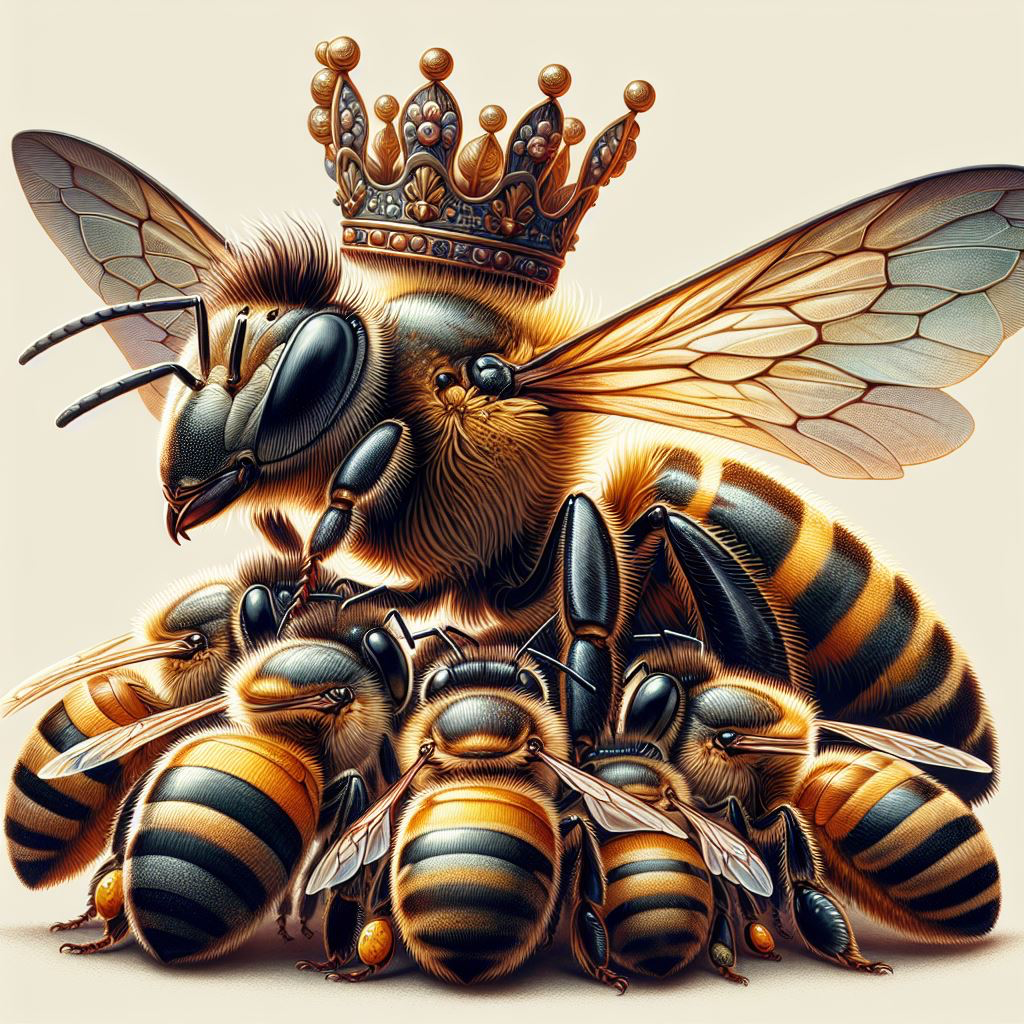
In the intricate world of bees, the queen bee reigns supreme as the mother and leader of drone bees live in the colony. Queen bees have a significantly longer lifespan compared to worker bees. They typically live for an average of 2-3 years. This queen’s lifespan plays a crucial role in ensuring the stability of the community.
Upon emerging from her pupa stage, a newly-minted queen bee embarks on her royal duties. She attacks these duties with a sense of purpose and responsibility. Unlike worker bees that toil tirelessly within the colony, queen bees’ primary function as solitary bees is reproduction.
Their main task is to lay eggs—lots of them! A healthy queen bee can lay up to 2,000 eggs per day during peak season, securing the future population of the hive.
The extended lifespan of queen bees isn’t random. It’s a crucial evolutionary adaptation for genetic diversity. Living several years allows a queen bee to mate with numerous drones. They even store their sperm for future use. This ensures a diverse genetic pool within the colony. This diversity further promotes overall health and resilience.
Genetic diversity is crucial for colony survival. It helps them withstand diseases and challenges. Honey bee queens are different from workers, not just in reproduction.
Queen honey bees play a vital role in colony dynamics, but they’re not invincible. Their lifespan can be affected by many things. These may include environmental stressors, disease prevalence, and competition within the hive.
While queens queen honey bees live much longer than other bees in the colony, they don’t go without challenges. They face risks inherent to life in a complex society. Queen honey bees stand out as remarkable figures in bee society with their extended lifespan averaging between 2-3 years.
Queens lay many eggs and control genetics. This helps grow the colony. Hail the queen bees, leaders of our hives!
Lifespan of Drone Bees
Drone bees, the male members of most bees in the honey bee colony, have a rather brief existence compared to their female counterparts. Their primary role in the bumble bee hive is to mate with virgin queen bees during mating flights.
This crucial task typically occurs during the warmer months when new adult queens themselves are being produced. Due to this specific purpose in the hive, drones usually live for only a few weeks, with their lifespan tightly linked to the mating season.
As mating season approaches, drones in the hive become more active. They eagerly await opportunities to mate with honey bees or queens from other colonies. During these mating flights, drones engage in multiple mating sessions with queens. However, their lives are short-lived, and they perish soon after completing their last mating flight duties. Unlike worker bees and queen bees, drones lack stingers and other features necessary for foraging and producing food. Their existence is focused solely on this critical phase of reproduction, limited to the mating season.
Once the mating season concludes and colder weather arrives, a ruthless act may occur. Drones dead bees that haven’t mated or served their purpose are typically expelled from the hive. This ruthless eviction ensures that resources are conserved for the colony’s survival. This further prioritizes essential members like worker bees and queen bees.
Drones cannot do tasks such as nursing larvae or gathering pollen. This is unlike worker bees who diligently perform these duties throughout their lives. As a result, drones have a predetermined fate within the honey bee community. This fate aligns the drone larvae with nature’s relentless drive for efficiency and sustainability.
Comparing the lifespan of drone bees to that of worker bees in a colony shows the diverse roles within the hive. This leads to varied life expectancies among individual bees and queen bees. Drones sacrifice themselves during mating flights to ensure the continuation of bee populations. Worker bees diligently perform numerous tasks over weeks or even months. These tasks range from cleaning cells to feeding larvae and defending the hive against predators. This stark contrast highlights the specialized nature of each class of honey bee. It also underscores the importance of collaboration among all members of solitary bee species. This collaboration helps in maintaining a thriving colony, despite their differing lifespans.
The Circle of Life within a Honey Bee Hive
Understanding the lifecycle dynamics within a colony reveals the role each member plays. It is crucial in sustaining its functionality and growth. Solitary, drone bee, bees fulfill their reproductive role during mating season. Industrious worker bees extend their lifespan through labor both in and out of the hive. Each honey bee queen contributes uniquely to the collective success of the community. This showcases nature’s intricate design that encompasses both sacrifice and synergy.
Factors Influencing Bee Lifespan
Nutrition and Access to Food Sources
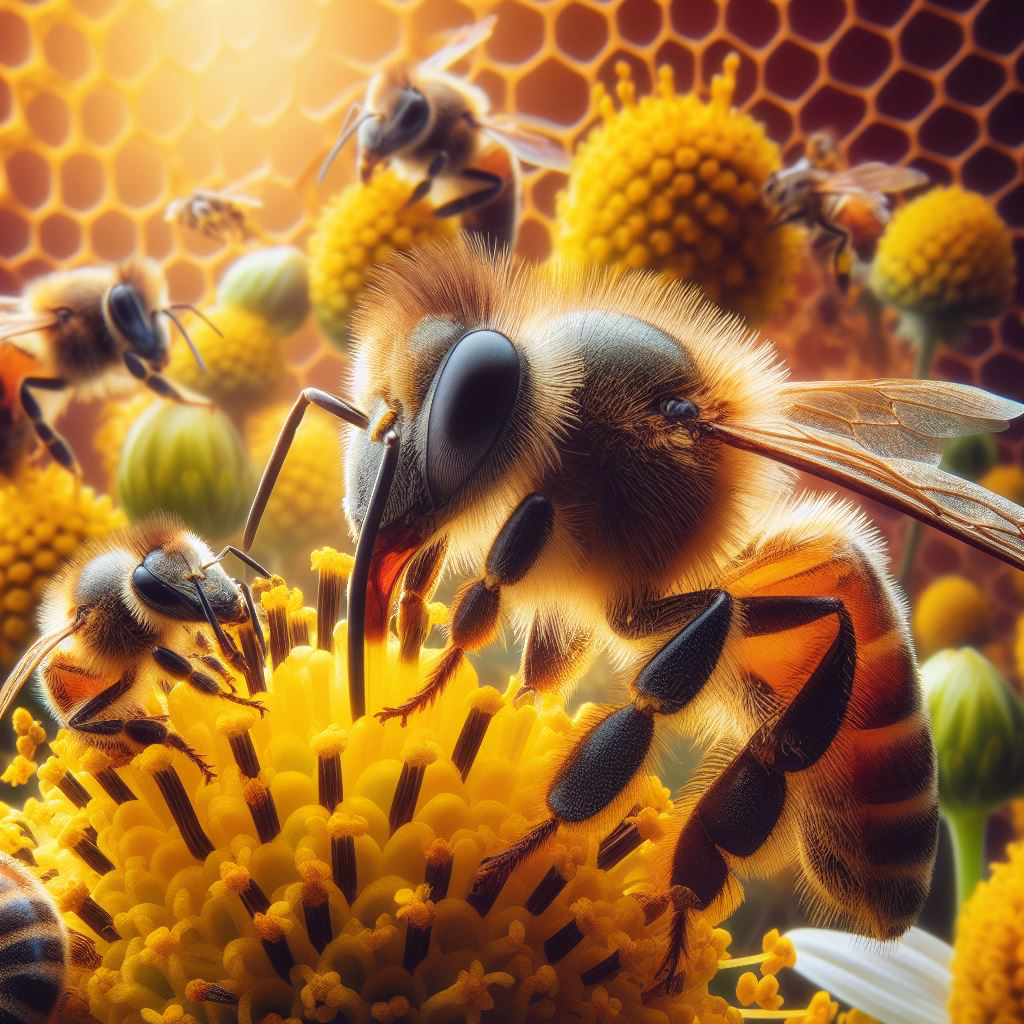
Bees, like any living organism, rely heavily on nutrition for their survival. The type and quality of food available can significantly impact the lifespan of individual bees within the colony. Worker bees need a balanced diet to support their demanding roles in the hive.
They require nectar to produce honey, pollen, water, and other sources of nutrients to thrive. Without proper nutrition, their immune systems weaken. This makes them more susceptible to diseases and premature death.
In the early stages of a honey bee’s life worker bees consume royal jelly, honey produced only by the queen bee. This all happens before they become foragers. This nutritious substance plays a crucial role in their development and overall health.
As they transition into the workforce, worker bees switch to a new diet. This diet consists mainly of nectar and pollen gathered from flowers. The availability of diverse and abundant food sources directly impacts the longevity of worker bees.
Predators and Diseases
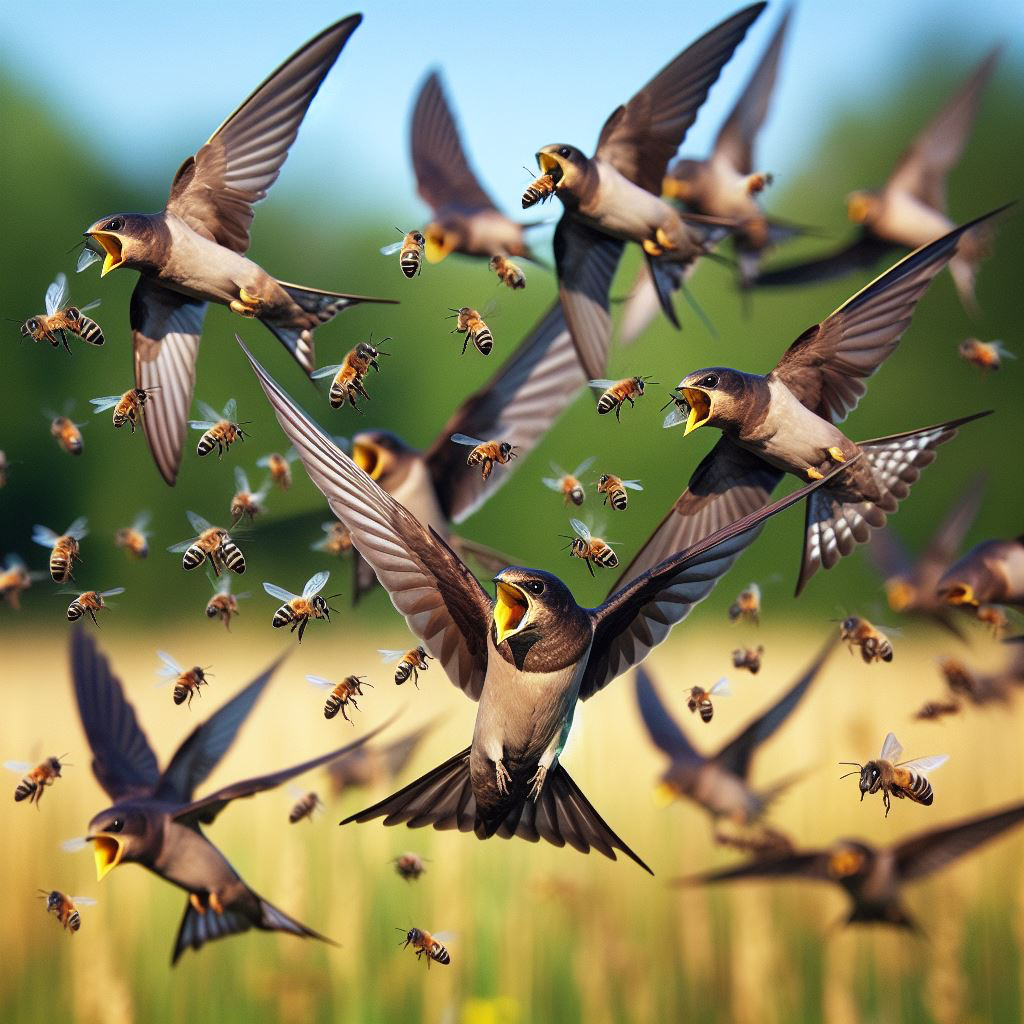
The survival of bees is continuously threatened. They are threatened by various predators and diseases that target these vital pollinators. Predators such as birds, spiders, ants, and other insects pose a significant risk to these bees. These predators may attack foraging bees outside the hive or invade the colony itself in search of food or resources.
Furthermore, diseases like Varroa mites and Nosema can devastate honeybee colonies if left unchecked. These microscopic pests infiltrate hives and weaken bee populations by feeding on their bodily fluids or compromising their immune systems.
Infections spread rapidly among bees born into infested hives or through contaminated food sources within the hive. Ensuring adequate nutrition for bees through diverse food sources such as nectar and pollen is essential for supporting their health and longevity within a colony.
Additionally, controlling predators like birds or insects that threaten bee populations can help safeguard these crucial pollinators from harm. By addressing these factors influencing bee lifespan proactively with appropriate measures such as habitat preservation and disease management strategies, we can contribute to sustaining healthy bee populations essential for our ecosystem’s well-being.
Fun Fact: The Oldest Queen Bee Lived for 7 Years!
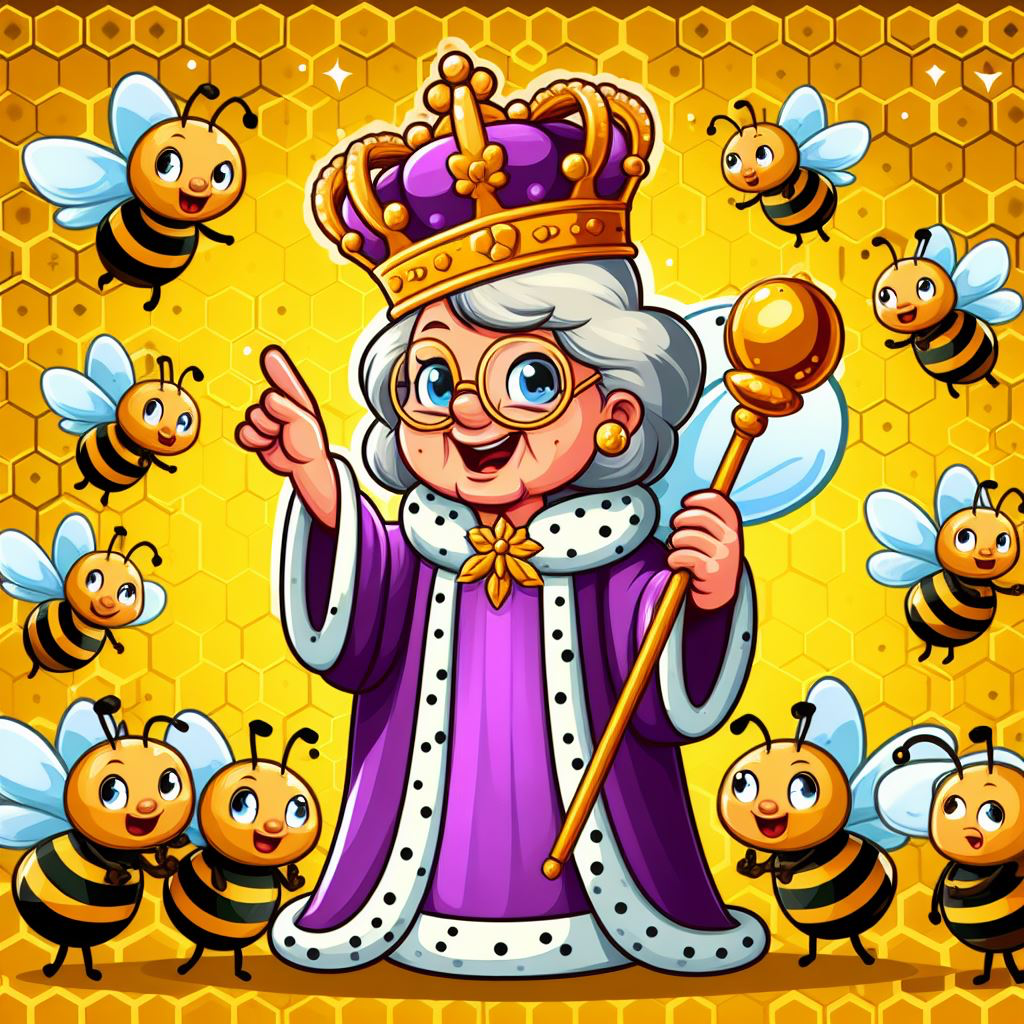
One of the most fascinating aspects of bee life spans is the remarkable longevity that some queen bees can achieve. While the average lifespan of a queen bee is around 2 to 3 years, there have been exceptional cases where queen bees have defied expectations and lived much longer. The oldest recorded queen bee lived an impressive 7 years, which is extraordinary in the bee world.
Queen bees play a crucial role in the hive as they are responsible for laying eggs and ensuring the continuity of the colony. Their extended lifespan compared to worker bees and drones allows them to fulfill this essential duty over an extended period.
The ability of a queen bee to live for several years highlights her importance in sustaining the hive and ensuring its prosperity. The longevity of queen bees can be attributed to various factors, including their specialized diet.
Queen bees are fed royal jelly exclusively throughout their larval stage, a nutrient-rich substance produced by worker bees that promotes their growth and development. This unique diet for male bees not only contributes to their longevity but also enhances their reproductive capabilities, enabling them to lay thousands of eggs during their lifetime.
In addition to their special diet, queen bees are also well-protected within the hive. They are surrounded by worker bees who attend to their every need, from feeding them royal jelly to cleaning and grooming them.
This pampering treatment helps maintain the health and vitality of the queen bee, allowing her to thrive and lead the colony effectively. The remarkable story of the 7-year-old queen bee serves as a testament to the resilience and endurance found in these incredible insects.
It showcases just how diverse and fascinating life can be within a honeybee colony, with each member playing a unique role in ensuring its survival and success. So next time you marvel at these tiny creatures buzzing around collecting nectar, remember that behind every hive lies a complex society with its tales of longevity and perseverance.
Conclusion
Forever Buzzing – The Endless Cycle of Bee Life
As we delve into the intricate world of bee life spans, one thing becomes abundantly clear – these tiny creatures pack a whole lot of living into their short time on this planet. From the diligent worker bumble bees tirelessly gathering nectar to the majestic queen honey bees ruling over the colony, each member plays a vital role in the hive’s survival. The life expectancy of individual bumble and adult honey bees living alone may be short, but collectively, they create a harmonious symphony of buzzing activity that sustains their community.
Lessons from the Hive
The fascinating journey through the different stages of a worker bee’s life offers us valuable insights and lessons. Just like worker bees who toil selflessly for the greater good of their colony, we too can find purpose and fulfillment in serving others and nurturing our communities.
The resilience shown by winter bees enduring harsh conditions reminds us of our ability to weather storms and emerge stronger on the other side. And let’s not forget the remarkable drone bees whose sole purpose is to ensure future generations – a poignant reminder to cherish our roles in creating a better world for those who come after us.
A Sweet Symphony of Life
Despite their fleeting existence, bees leave behind a lasting legacy that resonates far beyond their short-lived buzz. The intricate dance of life and death within a hive serves as a poignant reminder of nature’s delicate balance and interconnectedness. Just as every young bee grows into its role within the colony, we too can embrace change and growth as opportunities for personal transformation.
So let us take inspiration from these humble creatures and strive to make our own lives as purposeful and impactful as the buzzing world of bees. While we may marvel at the brevity of a bee’s lifespan, let us also celebrate the richness it brings to our understanding of nature’s wonders.
As we observe the worker bee longevity and bumble bee queens longevity alongside queen honey bees’ rule and drone bees’ sacrifice, we are reminded that every individual – no matter how small – plays a vital part in creating something greater than themselves. So let us carry this lesson from the buzzing bee world into our own lives, embracing each moment with gratitude and purpose, knowing that even in life’s transient nature, there lies beauty in every fleeting heartbeat.
Neutralize Bees with D-Termination: Las Vegas’ Top Pest Control Choice!
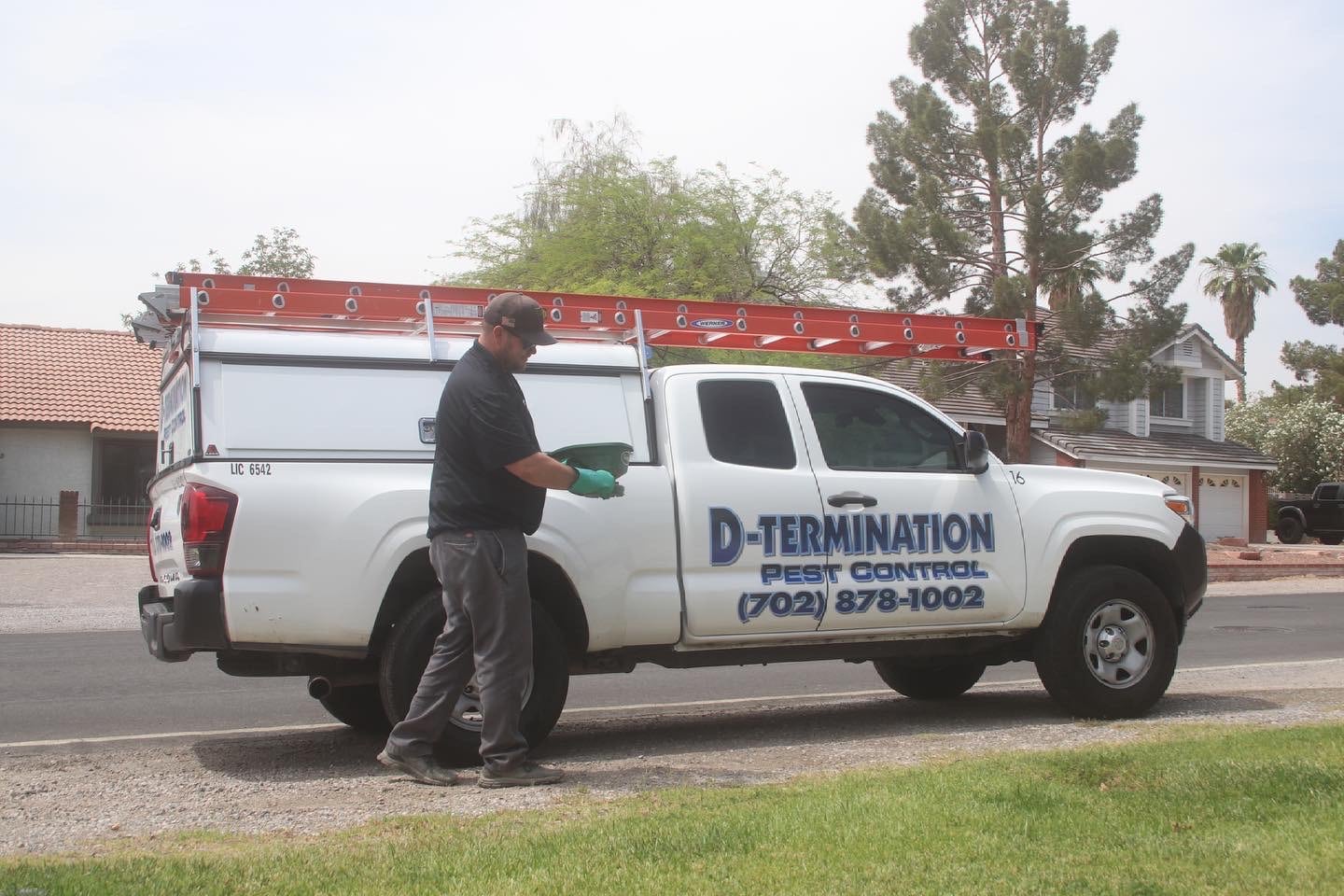
Struggling with bee problems on your Las Vegas property? Trust D-Termination to assist you. Our skilled team specializes in eliminating bee infestations, restoring comfort and peace to your surroundings. Bid farewell to bees—opt for D-Termination for effective pest control today!
Reach out to us at 702-919-6310 or visit dtermination.com to schedule your bee control service and reclaim your space from these pesky insects.
Frequently Asked Questions:
Bees generally live for several weeks to a few months, depending on their role in the colony.
Factors like predation, environmental stressors, and the demands of colony life contribute to the short lifespan of bees.
Yes, under optimal conditions, queen bees can live up to 20 years.
A bee’s life expectancy after stinging is typically just a few minutes to an hour.

